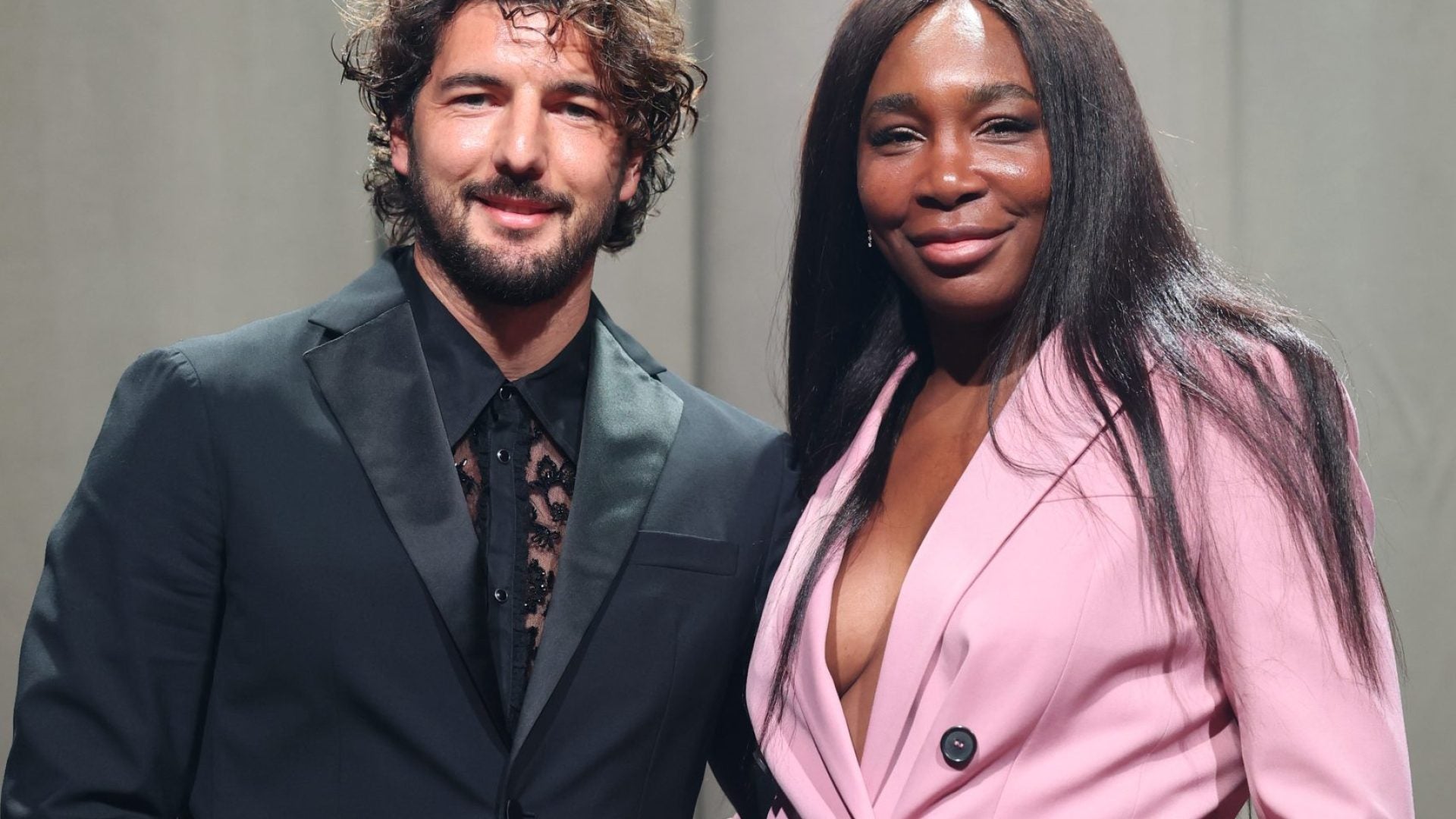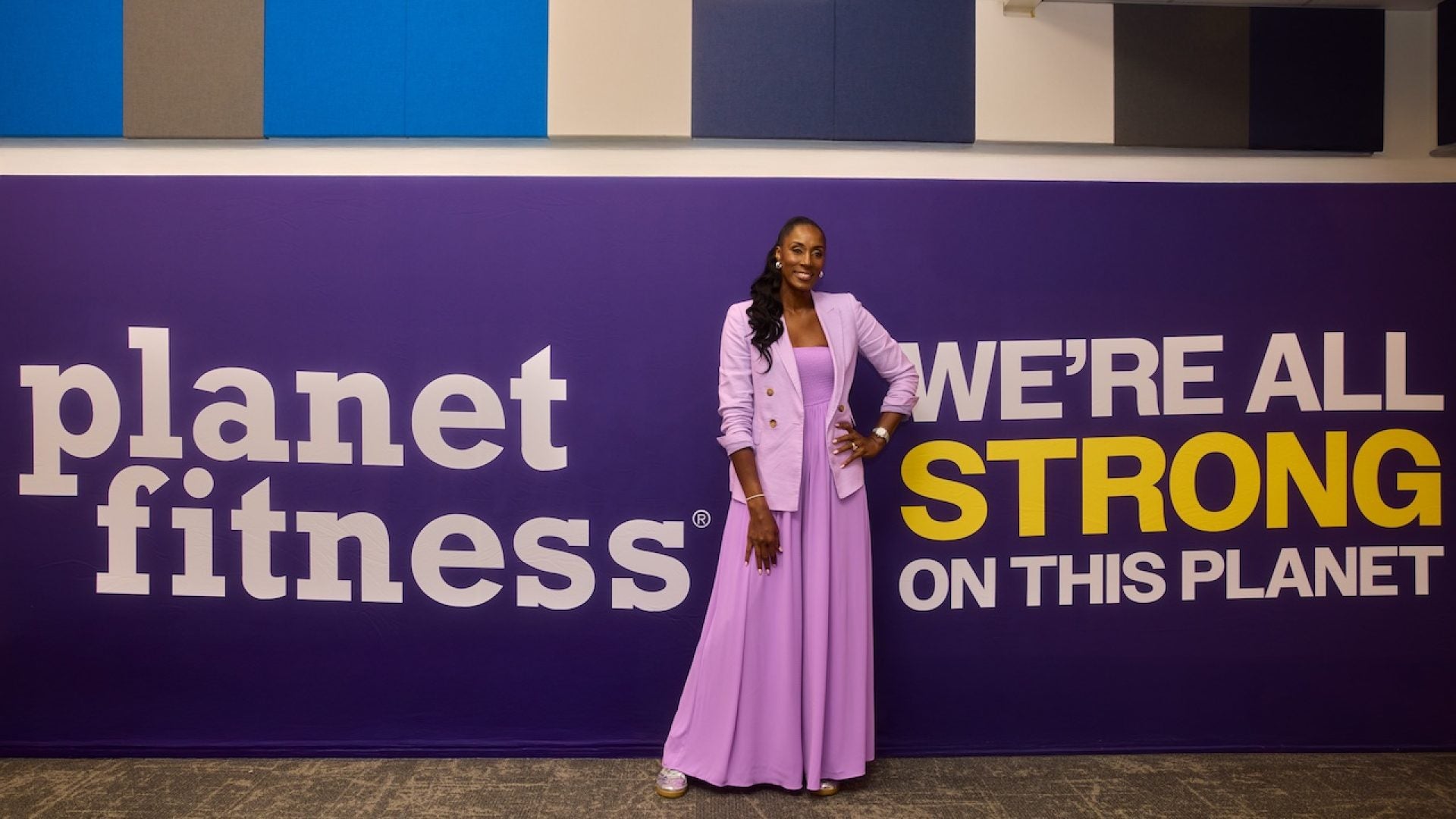Pitch Perfect: What Investors Actually Want To See — And What They Don’t
There’s a moment in an investor pitch meeting when you just know you nailed it. Does it happen often? Likely not. But when it does, the signs will be there. […] The post Pitch Perfect: What Investors Actually Want To See — And What They Don’t appeared first on Essence.

 Shot of a young businesswoman delivering a presentation during a late night meeting at work
Shot of a young businesswoman delivering a presentation during a late night meeting at work There’s a moment in an investor pitch meeting when you just know you nailed it.
Does it happen often? Likely not. But when it does, the signs will be there. And you can feel it in subtle ways. Like the way an investor leans in, maybe starts nodding as you’re speaking, or even interrupts you with a question, but it’s less about poking holes and more about understanding how they fit into your vision. That’s when you can tell they’re not just listening anymore, but they’re in.
But getting to that moment? Umm.. that’s where most founders lose the room.
What you think investors want to hear and what actually gets them to open their checkbook are often two completely different things. And in 2025, when venture capital funding for Black founders sits at a dismal 0.48% of total VC dollars (a number that’s barely budged since 2023, I might add), there’s no room to waste time on the wrong signals. Because Black women founders receive even less, every pitch needs to be sharper, tighter, and more strategic than it’s ever been.
So what actually separates a pitch that gets funded from one that gets a polite “we’ll circle back”? Or even worse, ghosted all together (urgh, the worst)? I talked to Sevetri Wilson Taylor, founder, CEO, and angel investor; Adrianna Samaniego, a partner at Cherryrock Capital, which backs Black and Latine founders at Series A and B; and Erin Harkless Moore, managing director of investments at Pivotal Ventures, to find out what really lands and what doesn’t.
Proof over potential.One of the biggest mistakes founders make is leading with numbers that sound impressive but don’t actually mean anything yet. Taylor calls them vanity metrics, and they come in many forms. This could be waitlists that haven’t been converted, advisory boards stacked with big names who aren’t doing any real work or decks crammed with features you “plan” to build three, five, ten years from now.
“Those things don’t mean much if it hasn’t actually converted into users, partners or revenue,” she says. “The other is a busy deck and trying to be all things to all people, especially if you are an early founder. Show me the one thing that your customers can’t live without today, not the 50-11 things you ‘plan’ to build over the next 10 years.”
Samaniego sees the same pattern, especially at the Series A stage. “Too many founders lean on buzzwords—’AI-powered’—and top-line metrics that sound impressive but don’t tell the full story,” she says. “It’s easier than ever to build momentum, especially with new tools and AI, but what matters is durability: retention, customer love, and real value creation.”
Long story short, investors don’t want your vision board. They want proof that you understand your customer well enough to solve one problem really well. That one thing people are already using or paying for? That’s what matters. And more importantly, are those customers sticking around? Are they growing with you? Do they actually rely on what you’ve built?
Clarity, conviction, and the humility to pivot.The founders who impress Taylor the most are the ones who have what she calls a “calm command” of their business. They know their numbers cold, they’re clear on strategy, and they can talk about where they’re headed without sounding like they’re reading from a script or pretending everything’s going to go exactly as planned.
“I walk away impressed when a founder shows clarity, conviction and has confidence in themselves and what they are building,” Taylor says. “Founders who have a calm command of their business and are able to communicate its future (regardless if it goes as planned) are definitely at the top of my list. For me it’s about having confidence without blinding arrogance and being a realist without being fearful of taking bold, often times risky steps to make things happen.”
Moore looks at investor-readiness through a similar lens but adds another dimension. “Investor-ready to us looks like a clear alignment between founder, problem, and vision,” she says. “In addition to a strong pitch and business model, we are looking for founders whose lived experience fuels a deep understanding of the issue and the resilience to solve it.”
That lived experience is an asset. It’s what gives you insight into a market that others might overlook or underestimate. But it only works if you own it, if you lead with the conviction that you’re the right person to solve this problem because you’ve lived it, studied it, and understand it in a way that can’t be replicated by someone building from the outside.
Samaniego emphasizes that conviction needs to come with flexibility. “The best founders have clarity of vision and conviction in what they’re building, but also the humility to evolve,” she says. “They’re deeply obsessed with their customers and disciplined in how they execute, constantly learning and iterating. That mix of clarity, grit, and customer focus is what gives me confidence they can push through the hardest moments and build something enduring—because scaling from 1 to 5 is never linear.”
Don’t abandon your vision when investors push back.One of the most common mistakes Moore sees women and women of color make in pitch meetings? Backing down from their vision when an investor questions it.
“For women, and women of color, I think the most important thing is sticking by your vision and the solution you are providing,” Moore says. “In the face of questions or doubt from investors, women founders need to demonstrate strong conviction in the market opportunities they have identified, even if it seems like swimming upstream in the market.”
When an investor expresses doubt or asks a challenging question, it’s easy to start second-guessing yourself or softening your stance, but hold strong because that’s the trap. Investors aren’t always looking for you to agree with them. They’re testing whether you believe in what you’re building enough to defend it.
Mission-investor alignment.For mission-driven founders—especially those building for underserved communities or solving problems that don’t fit the typical VC mold—finding the right investors isn’t just about the money. It’s about alignment. You need people who understand why you’re building what you’re building, not just how much it could scale.
“Founders should think of investors as partners,” Moore says. “We are looking for founders with a growth mindset who want to collaborate with us to scale their solutions. The best partnerships have shared passion for the market needs being met and the mission of the company. While traditional metrics do matter, many investors care about more than just financial performance. The impact the business has on communities and the way that the work is accomplished matters too.”
Bottom line: Raising capital as a Black founder in 2025 is harder than it should be, and the momentum from 2020’s reckoning with racial equity in tech has largely stalled out. The doors that were supposed to open wider? A lot of them closed right back up.But, the silver lining is that it’s not impossible, however it does mean you can’t afford to walk into a room unprepared or relying on buzz instead of substance. Build relationships before you need money, lead with what’s working, and not what might work someday. Oh, and don’t waste time trying to be everything to everyone when what investors really want is to see you do one thing exceptionally well (and proof that your customers can’t live without it).
The post Pitch Perfect: What Investors Actually Want To See — And What They Don’t appeared first on Essence.























